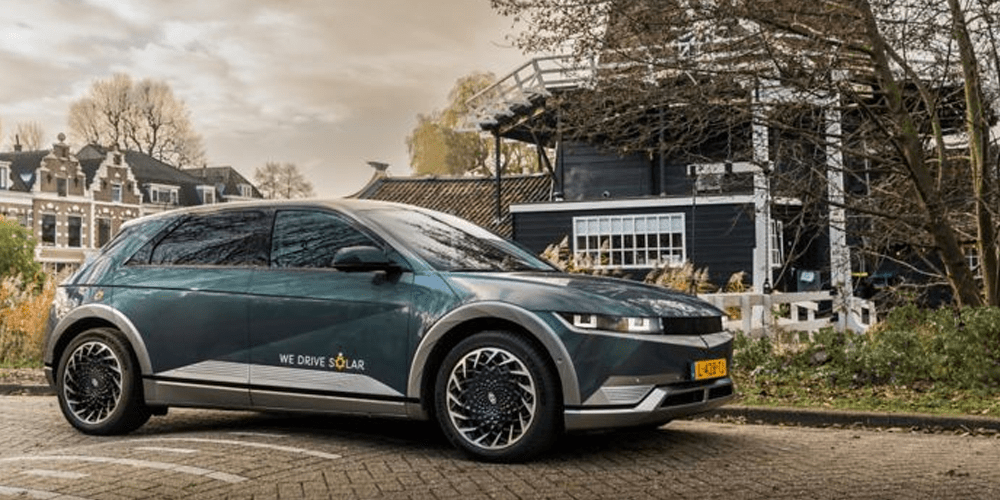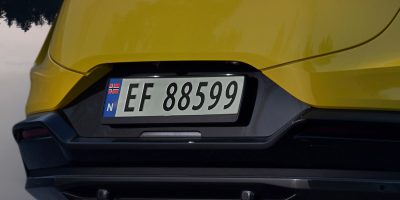Hyundai to include V2G capabilities for their EVs
Hyundai plans to make the on-board charger from the Ioniq 5 suitable for bidirectional charging, enabling V2G technology. In addition, Hyundai will soon introduce a new electric model that will be equipped with V2G technology ex-works.
The new vehicle could be the Ioniq 6, which is to be presented within the next few months. The electric sedan will be the second Hyundai model based on the company’s own E-GMP platform, following the Ioniq 5 crossover.
The on-board charger that Hyundai uses for this platform is V2X-capable, i.e. “Vehicle-to-Everything”, as reported in 2020. So far, however, Hyundai has only used this technology for a ‘vehicle-to-load’ function: With V2L, an electrical device with up to 3.6 kW can be operated via a special adapter as if it were plugged into a socket – be it a tool, a TV, an electric grill or, in the case of Schuko charging bricks, another electric car. The electric car rental company Nextmove had already demonstrated that even a house can be supplied with electricity via the V2L function – but this “vehicle-to-home” (V2H) function is not provided for by Hyundai ex-works.
Now, however, Hyundai is expanding its V2X portfolio – at least within the framework of pilot projects. Hyundai is currently using modified Ioniq 5s for this purpose. In Germany, Hyundai is part of the V2H project CRADLE (Centre for Robotic-Augmented Design in Living Experiences) in Berlin. This tests the possibility of sharing electricity with the home within a closed energy system.
Here, several Ioniq 5s are in use, which have the same on-board charger as the series models in terms of hardware. However, specific software was installed for the V2H project – Hyundai does not go into detail here.
In Utrecht, the Netherlands, 25 Ioniq 5s are on the road as car-sharing cars for the mobility provider “We Drive Solar”. The vehicles are offered to the residents of a recently built housing estate – as an alternative to owning a car. Currently, the vehicles are still charged conventionally. In the next step, the Ioniq 5 modified for the V2G test will be charged via a public charging point developed by “We Drive Solar”.
The familiar “vehicle-to-load” function and the new V2G are technically related, but work with different software solutions, Hyundai says. “For the exchange of energy with the power grid in V2G, a communication protocol between the BEV and the grid must first be defined,” the Koreans write. However, since this is software, vehicles that have already been delivered can also be made usable for V2G technology by means of an update.





2 Comments